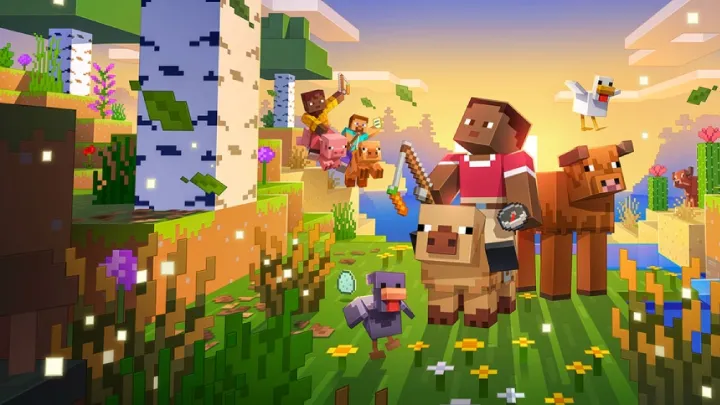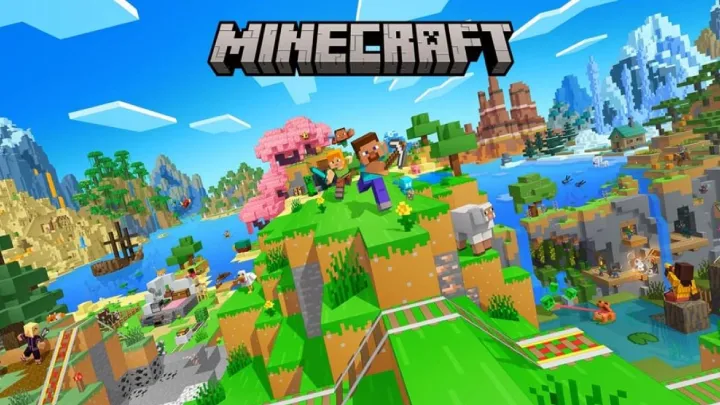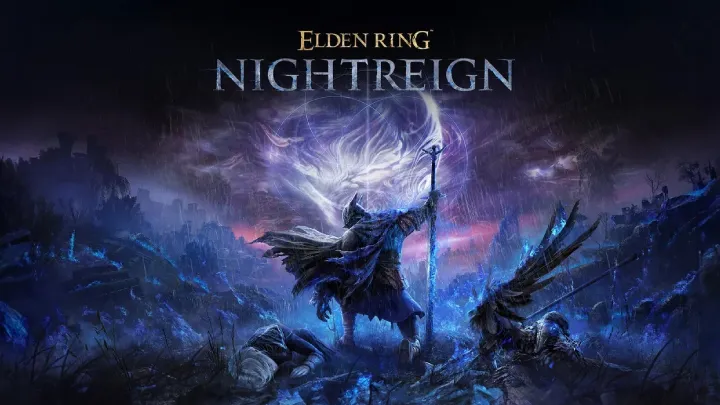Minecraft is one of the most popular sandbox games in the world, allowing players to explore, build, craft, and survive in an endless block-based universe. The game combines creativity, strategy, and exploration, giving players freedom to create anything from simple shelters to massive cities. While it is accessible for beginners, mastering Minecraft requires understanding survival mechanics, crafting, resource gathering, exploration, combat, and advanced building techniques.
This guide provides a step-by-step approach to mastering Minecraft. It covers world generation, resource management, crafting, combat, exploration, farming, building, enchanting, multiplayer strategies, and long-term progression. Following this guide will help players enjoy every aspect of the game and create efficient and impressive worlds.
Starting Your First World

The first step in Minecraft is generating your world and selecting the game mode. Survival mode focuses on resource gathering, health management, and survival against mobs, while creative mode allows unlimited building materials and instant access to all items.
Upon starting in survival mode, prioritize finding a safe location for your first shelter. Look for areas near water, trees, and food sources. Choosing a good location early reduces early-game risks and provides resources for longer-term survival.
Gather basic materials such as wood, stone, and food during the first few days. These resources form the foundation of tools, weapons, and your first shelter. Planning your early days efficiently sets up a strong start for the rest of the game.
Gathering Resources and Tool Progression
Resource gathering is essential in Minecraft. Wood is the first resource you collect, used to craft basic tools like pickaxes and axes. Stone is the next step, allowing stronger tools and a furnace for smelting.
Mining is a core activity. Start with surface caves and gradually dig deeper to find iron, coal, gold, redstone, diamonds, and obsidian. Always carry torches to illuminate caves and prevent hostile mob spawns.
Tool progression improves efficiency. Upgrade from wooden to stone, iron, and diamond tools. Each tier increases durability and mining speed, allowing access to stronger materials and improving your survival chances.
Building a Shelter and Establishing a Base
Building a shelter is critical for survival. A simple structure protects against hostile mobs at night and provides storage for resources and tools.
Design your base with functional areas including storage, crafting stations, furnaces, and a bed for respawning. Adding lighting and defensive structures like walls or trenches increases safety.
Expand your base over time. Include farms, animal pens, and storage rooms. Efficient base design allows smooth gameplay, resource organization, and easier long-term survival and exploration.
Crafting and Smelting Essentials

Crafting is central to Minecraft. Learn recipes for essential tools, weapons, armor, and blocks. Crafting tables, furnaces, and anvils enable advanced items and resource management.
Smelting ores like iron, gold, and copper in furnaces provides stronger tools and materials for advanced crafting. Combine smelting with crafting to create weapons, armor, and decorative blocks.
Knowledge of recipes speeds up gameplay. Memorize essential recipes such as stone pickaxes, iron swords, and food preparation to ensure survival efficiency and resource conservation.
Combat and Mob Management
Combat is an important aspect of survival mode. Hostile mobs appear at night or in dark areas and can damage or kill players. Understanding mob behavior and attack patterns improves survival chances.
Use weapons such as swords, bows, crossbows, and tridents effectively. Shields provide defensive advantages, while armor reduces damage. Always keep backup weapons and armor in case of emergency.
Mob management also involves strategic lighting, trap placement, and safe exploration. Build defensive perimeters around your base and carry food to restore health during combat encounters.
Farming and Resource Sustainability
Sustainable food sources are crucial. Start with basic farms for wheat, carrots, potatoes, and animals like cows, pigs, and chickens. Farming ensures steady food supply and reduces reliance on hunting.
Automated farms and animal breeding improve efficiency. Use redstone mechanisms for crop harvesting or mob farms to gather resources like meat, leather, or experience points.
Sustainability extends to renewable materials like wood and stone. Plant trees near your base and manage mining to avoid resource depletion. Long-term planning ensures uninterrupted gameplay and preparation for advanced projects.
Exploration and Adventure
Exploration uncovers new biomes, villages, temples, dungeons, and rare resources. Each biome contains unique materials, mobs, and challenges.
Prepare before long journeys. Carry food, weapons, armor, and tools. Map your surroundings and mark points of interest. Exploring caves, mountains, and oceans rewards players with rare ores, treasure chests, and unique structures.
Adventure also involves locating and conquering the Nether and End dimensions. These areas contain advanced materials like netherite, blaze rods, and ender pearls, essential for progression and ultimate challenges.
Enchanting and Advanced Equipment
Enchanting enhances tools, weapons, and armor with magical effects. Collect experience points from mining, fighting mobs, and breeding animals to enchant items at the enchantment table.
Combine enchantments strategically. For example, add sharpness and knockback to swords, or efficiency and unbreaking to tools. Bookshelves increase the level of enchantments available.
Advanced equipment preparation includes combining enchanted items on an anvil and managing durability. Well-enchanted tools and armor improve efficiency, combat effectiveness, and survival in challenging environments.
Multiplayer Strategies and Long-Term Progression
Multiplayer introduces cooperative building, exploration, and survival. Coordinate with friends to share resources, defend bases, and explore dangerous areas together.
Long-term progression involves large-scale building projects, trading, and defeating bosses like the Ender Dragon or Wither. Efficient resource management, teamwork, and planning allow ambitious creations and challenges.
Participate in community events, mini-games, and server activities to enhance skills, creativity, and social interaction. Multiplayer gameplay adds depth and variety to the Minecraft experience.
Conclusion
Minecraft is a rich and immersive sandbox game that rewards creativity, strategy, and exploration. Mastery requires understanding survival, resource gathering, crafting, combat, farming, exploration, enchanting, multiplayer cooperation, and long-term planning. Following this guide equips players to thrive, build impressive creations, and fully enjoy the endless possibilities in Minecraft.
Summary
Complete how to guide for Minecraft covering survival, crafting, combat, exploration, farming, enchanting, multiplayer, base building, and long-term progression.

















